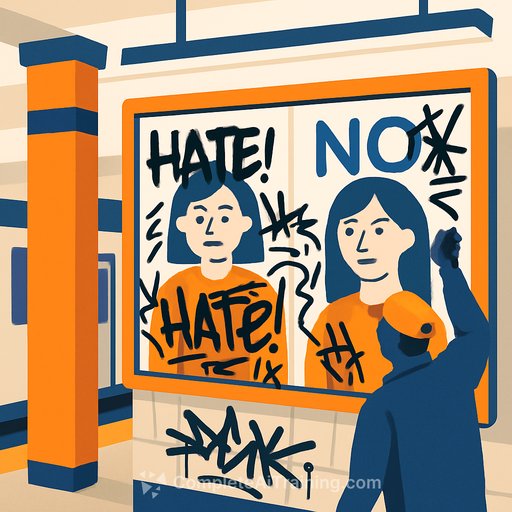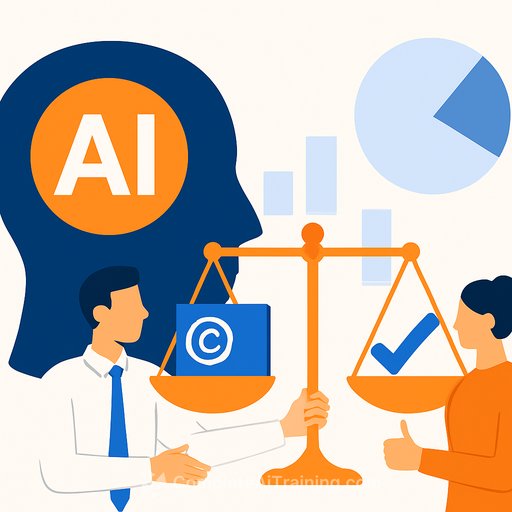The AI billboards built to be hated
Friend, an AI companion brand, plastered NYC subways with stark billboards hinting that AI beats human connection. The lines were simple: "I'll never bail on dinner plans." "I'll binge the entire series with you."
Commuters answered with spray paint. "Go make real friends. This is surveillance." "AI wouldn't care if you lived or died." The medium became the message. And the message was rejection.
Avi Schiffmann, Friend's 22-year-old CEO, all but confirmed the goal. When asked if graffiti was part of the plan, he replied: "Why do you think I left so much white space?" The campaign wasn't seeking consensus. It was seeking a fight.
Does rage-bait work?
Attention is cheap. Trust is expensive. Provocation spikes impressions, but it often taxes brand equity, especially in categories people don't trust yet.
Research shows negative buzz can boost unknown brands but hurts those with awareness. Context matters, and so does timing. Evidence on negative publicity is nuanced, not a free pass.
Here, the ads leaned on loneliness and implied AI as a social substitute. In a city full of sceptics, the crowd pushed back. Each spray can stroke doubled as a focus group note.
What creatives should learn
- Design invites behavior. Vast white space isn't neutral; it's a canvas. If you leave room, expect the public to fill it.
- Don't punch down on pain points. Loneliness is not a prop. Create tension without exploiting it.
- Define success beyond impressions. Track brand search quality, sentiment, customer support volume, CAC, and opt-outs alongside reach.
- Pre-flight for sentiment. Test lines with small, diverse groups. If the heat doesn't lead to dialogue or demand, it's just heat.
- Offer a bridge, not a wedge. Show AI as a tool that supports human connection, not a replacement for it. Feature real people, real use cases, and clear boundaries.
- Plan the aftermath. If provocation is intentional, budget for monitoring, response, and cleanup. Own the conversation you spark.
- Respect category headwinds. AI wearables have struggled. That context makes any "better-than-human" claim feel tone-deaf. See the recent fallout around Humane's device and strategy: Reuters coverage.
If you still want to provoke, do it with purpose
- Make the audience the hero. Invite responses through prompts and showcase the best ones later. Co-create, don't condescend.
- State your values on the billboard. If you're pro-human, say it. If AI is an assistant, show that dynamic clearly.
- Cap the risk. Pilot one location. Set a response threshold that decides whether to scale, pivot, or shut it down.
- Close the loop. Publish what you learned. If you get it wrong, apologize and show the fix.
Bottom line
Controversy can spark conversation. But building a brand on hate builds churn, not loyalty. Create tension that leads to insight, community, and useful action.
If you work with AI in your creative workflow and want practical skills, explore curated resources for your role here: Complete AI Training - courses by job.
Your membership also unlocks:






